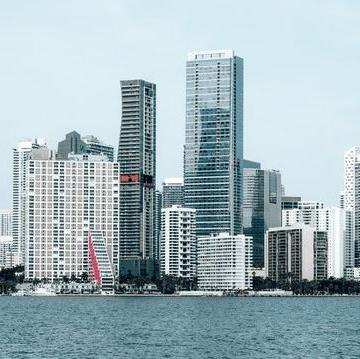One of the world’s cities most exposed to rising sea levels from global warming is Miami. Although the Florida city is better equipped and less densely populated than the world's other southern centres acutely exposed to this problem, Miami has the most to lose in economic terms, says the American organisation Resources for the Future. And it is because of coastal flooding, storms and rising sea levels.
The sea level in the Miami-South Florida area has increased by 30 centimetres since the beginning of the twentieth century and more than 10 centimetres since 1993. Springtime flooding due to high tides has become four times more common than 15 years ago. Some scientists say that sea levels will rise by another 15 centimetres in the next ten years, and even 1.5 metres by the end of the century. If this scenario turns out to be true, almost a third of the county's population will have to migrate because the area will become effectively uninhabitable.

